A Wisconsin family bravely saves a bear stuck in a Cheese Ball container – a highly unusual ending to a family fishing trip.
In a world where the repercussions of human actions are becoming increasingly evident, it is heartwarming to witness acts of kindness and bravery that restore our faith in humanity.
This bear that gets its head stuck in a Cheese Ball container in Wisconsin is an urgent reminder of the alarming rate of plastic pollution.
Not a single creature remains unaffected by the serious problem of plastic pollution.
Plastic Pollution Affects Everyone
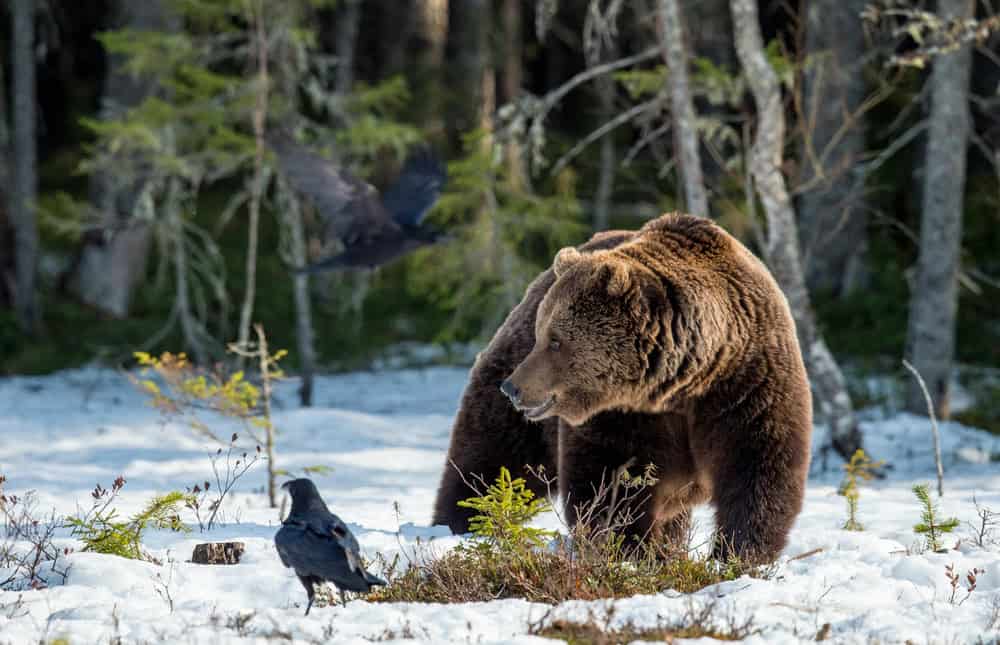
Plastic pollution is a pervasive issue that affects not only marine life but also terrestrial animals.
The incident in Wisconsin is a testament to the far-reaching impacts of plastic waste. Animals, like the bear, find themselves in life-threatening situations due to human negligence.
It is a wake-up call for everyone to understand the gravity of the situation. We quickly need to take collective action to reduce plastic pollution.
Wisconsin Family Saves Bear: The Footage

This video showcases a heartwarming rescue operation carried out by a family in Wisconsin. It captures the family’s encounter with a distressed black bear with a plastic container stuck on its head, struggling to swim in Marsh-Miller Lake.
The container was identified as an old cheese ball container – probably the remnants of another negligible family’s picnic.
Displaying immense courage and empathy, the family approaches the bear in their boat. Luckily, they managed to remove the container after a few attempts.
The bear then swims safely to the shore, free from its painful ordeal. Let this be a powerful reminder of the dire consequences of plastic pollution and the immediate need for action.
The Community Celebrates the Bear’s Rescue

Upon their return to the resort, the Hurt family was met with applause and admiration for their courageous act. Word of their daring rescue had already spread like wildfire, thanks to some campers who had witnessed the event from the shore.
It emerged that the bear had been a known figure in the vicinity, struggling with the plastic container on its head for several distressing days.
The local community had been on tenterhooks, with numerous sightings reported in the preceding days.
How Dangerous Is It to Intervene When a Bear In Danger?
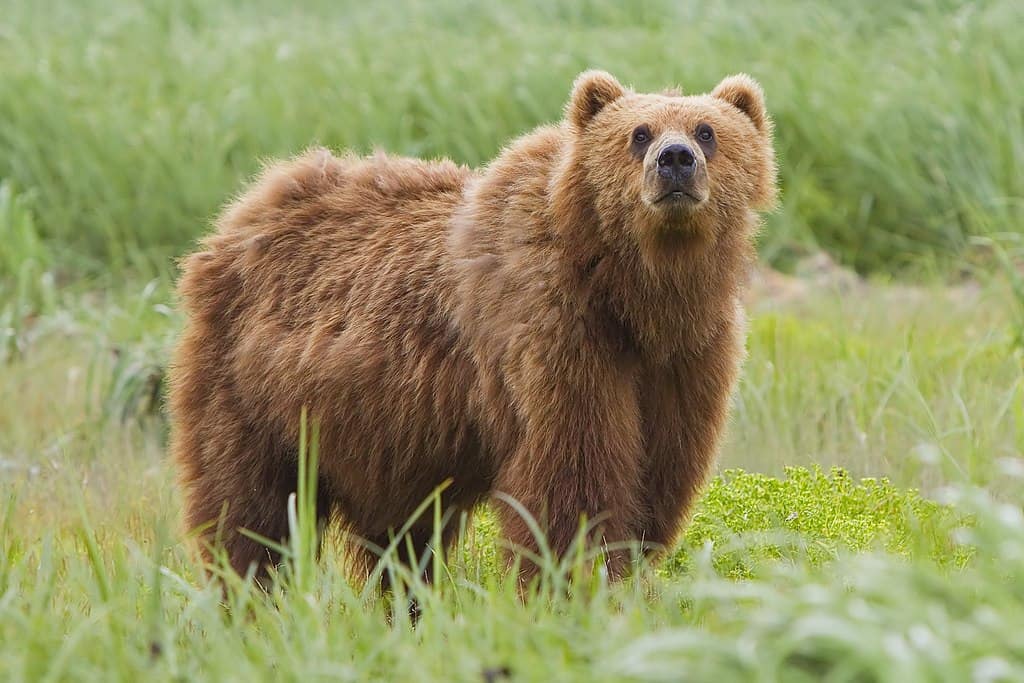
Intervening in a situation where a wild animal is in distress is fraught with risks. Bears are powerful creatures, and approaching them can potentially lead to aggressive reactions.
However, in this instance, the family assessed the situation and realized the bear was more helpless than threatening.
It is essential to approach such situations with caution, understanding the potential dangers and acting responsibly to avoid harm to both the animal and oneself.
How You Can Reduce Plastic Pollution

- Reduce Single-Use Plastics: Opt for reusable containers, bags, and bottles.
- Recycle Wisely: Ensure to separate plastics for recycling and dispose of them correctly.
- Participate in Clean-Up Drives: Join community clean-up drives to remove litter from natural habitats.
- Spread Awareness: Educate others about the dangers of plastic pollution and encourage them to take action.
- Support Legislation: Advocate for policies that aim to reduce plastic production and pollution.
- Choose Products Wisely: Prefer products with minimal or eco-friendly packaging.
- DIY and Reuse: Get creative and find ways to reuse plastic items before discarding them.
Wisconsin Family Saves Bear: Conclusion

The rescue of the bear in Wisconsin is a beacon of hope, illustrating that humanity can make a difference when united in a cause.
Above all, it is a call to action for everyone to play their part in reducing plastic pollution and safeguarding our environment.
Thank you for reading this article about the Wisconsin family that saves a bear!
Facts about Bears

Bears are fascinating creatures with unique behaviors and characteristics. Here are some intriguing facts about these remarkable animals.
1. Bears Have a Strong Sense of Smell

Bears possess an incredibly strong sense of smell, estimated to be seven times better than a bloodhound’s. This keen sense allows them to detect food from miles away and is essential for their survival in the wild.
2. Bears Are Omnivores
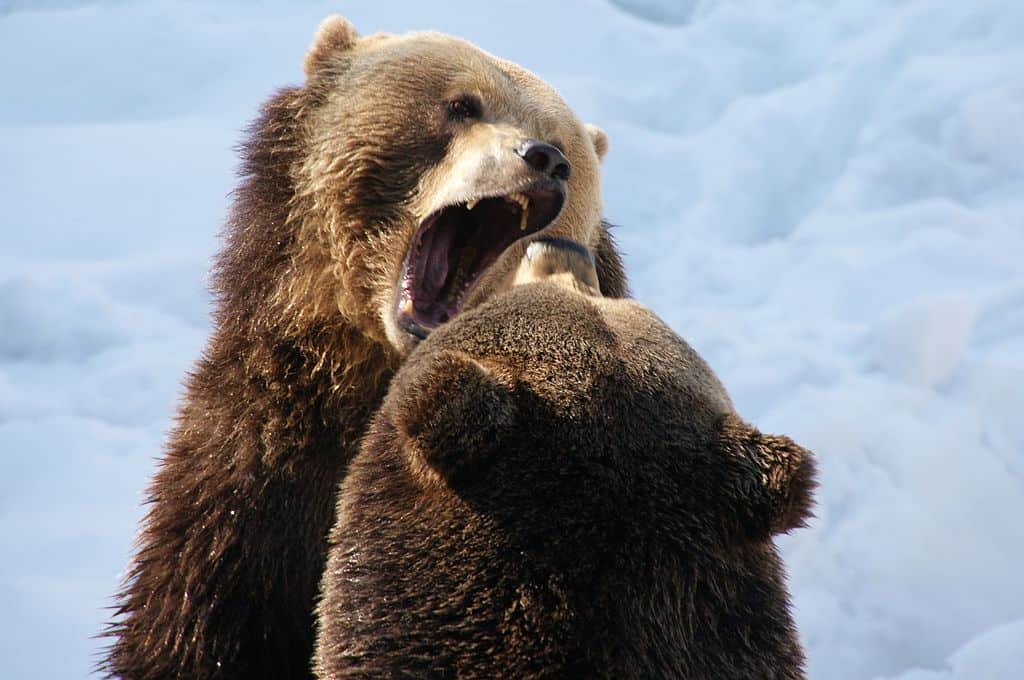
Bears are omnivores, meaning they eat both plants and animals. Their diet can include berries, fish, insects, and even small mammals, showcasing their adaptability to different environments.
3. Polar Bears Are Excellent Swimmers
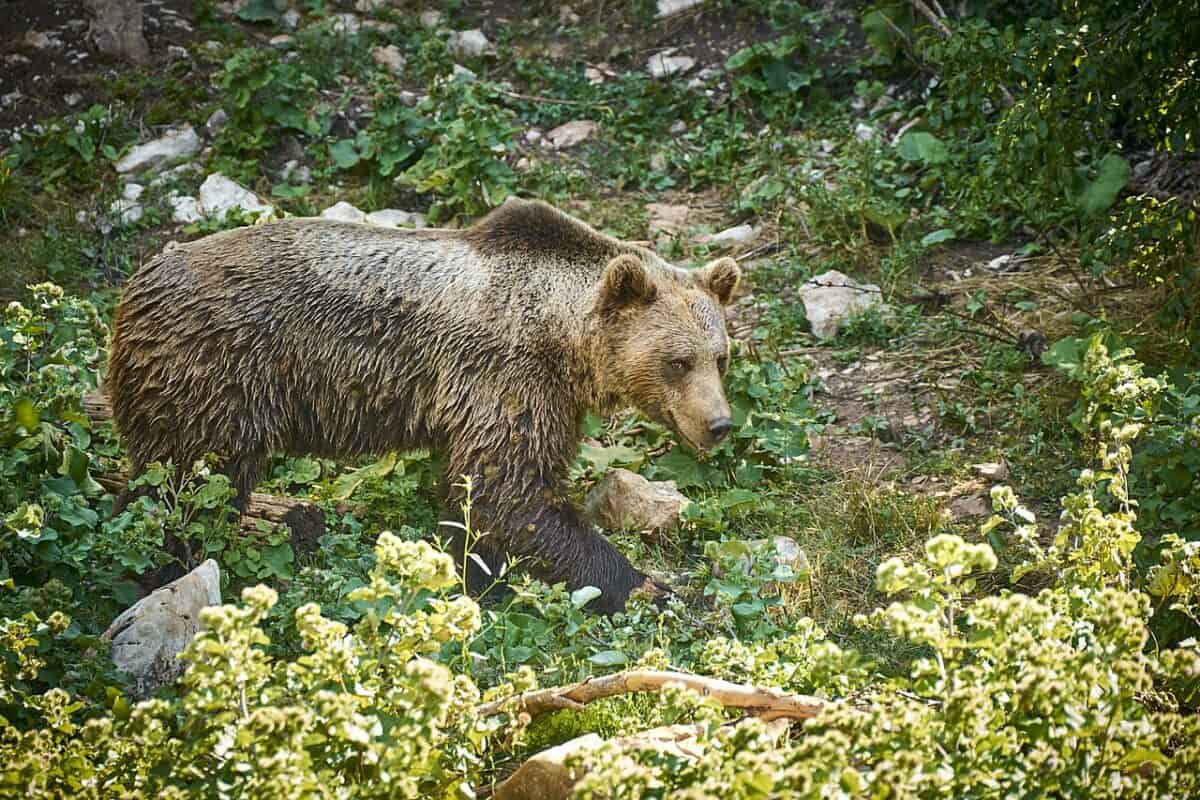
Polar bears are known for their swimming prowess, capable of swimming for days at a time. They can cover vast distances in search of food, sometimes swimming over 60 miles in one stretch.
4. Bears Hibernate in the Winter
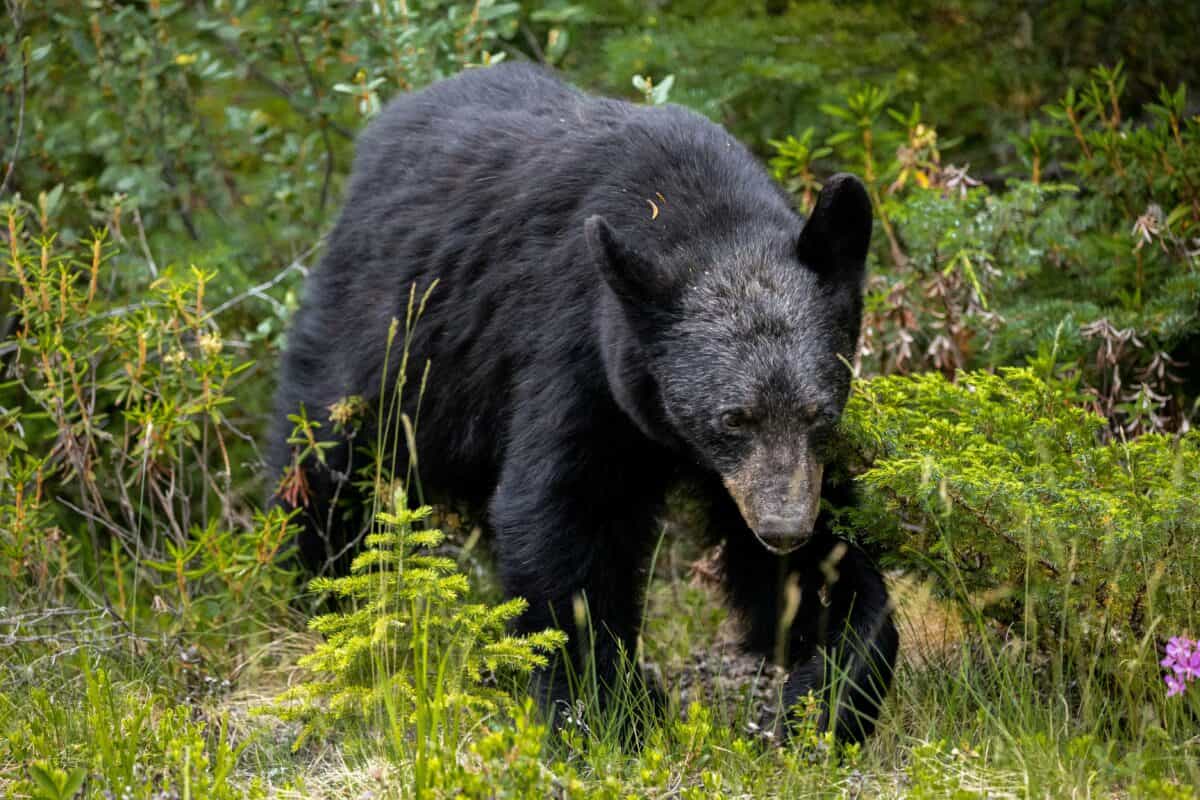
Many bear species, such as the grizzly and black bear, hibernate during the winter months. During hibernation, they enter a state of reduced metabolic activity, surviving on stored body fat.
5. Bear Cubs Stay with Their Mothers
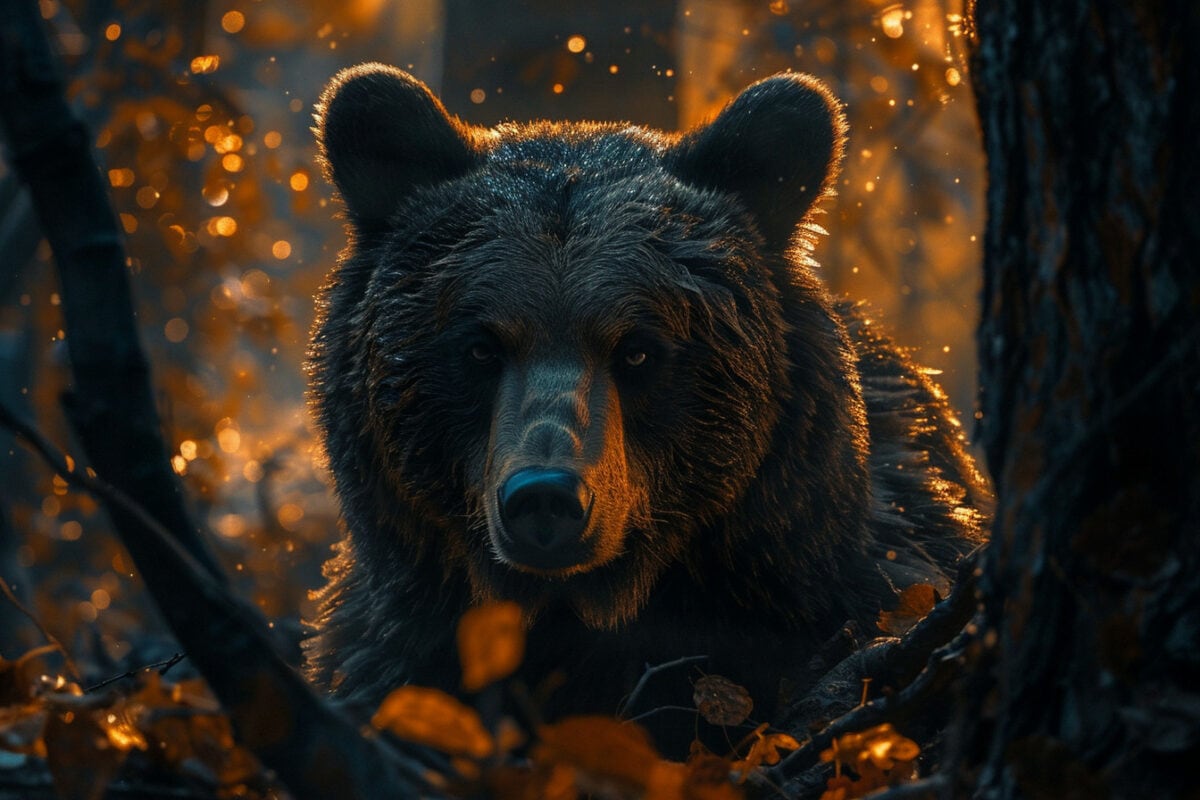
Bear cubs typically stay with their mothers for about two to three years. During this time, the mother teaches them vital survival skills, including how to hunt and find food.
6. Bears Have Non-Retractable Claws
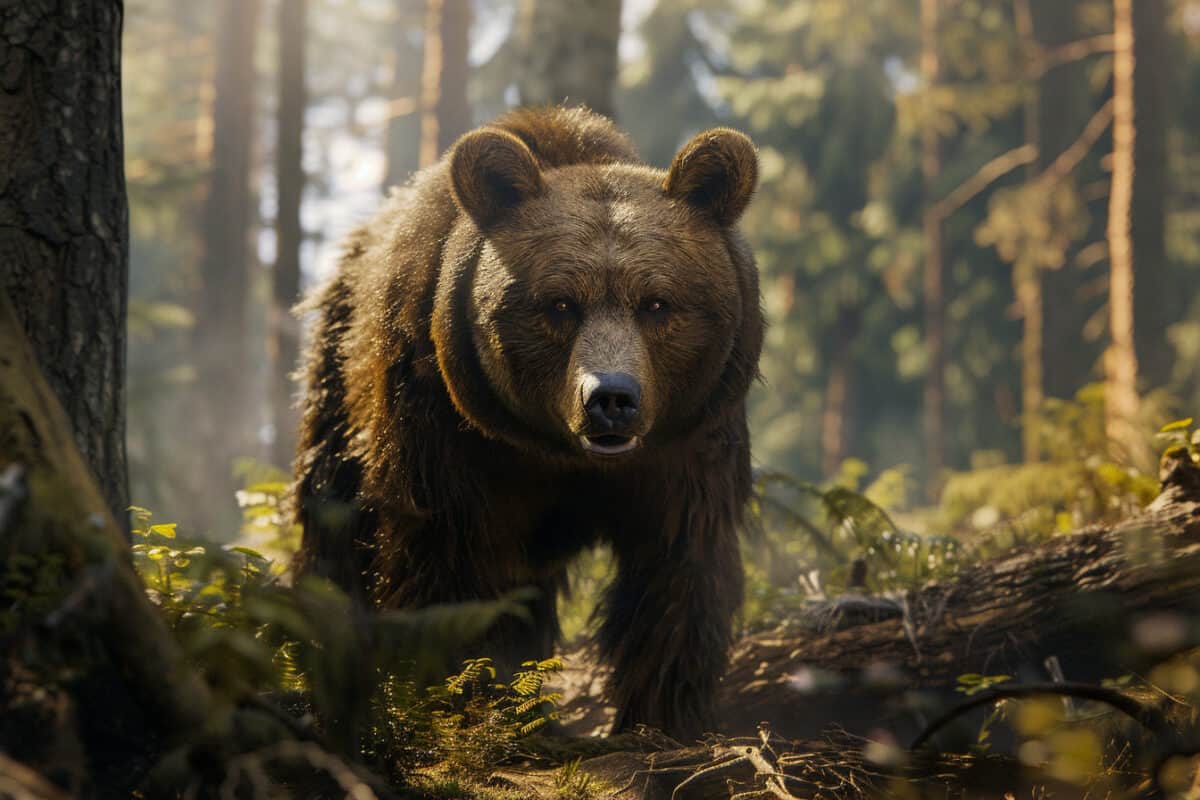
Unlike cats, bears have non-retractable claws that are always extended. These claws are essential for digging, climbing, and catching prey.
7. Bears Can Run Fast
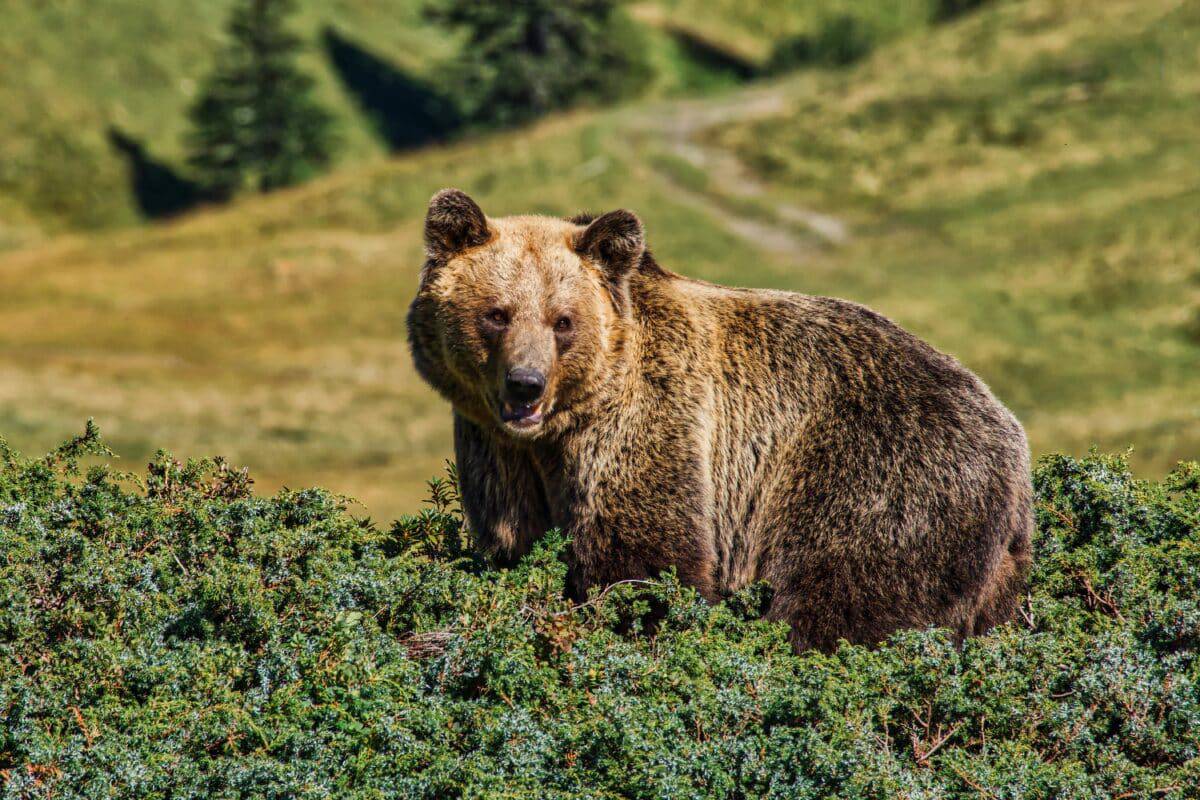
Despite their large size, bears can run surprisingly fast, reaching speeds of up to 35 miles per hour. This speed helps them catch prey and escape potential threats.
8. Pandas Are Bears Too
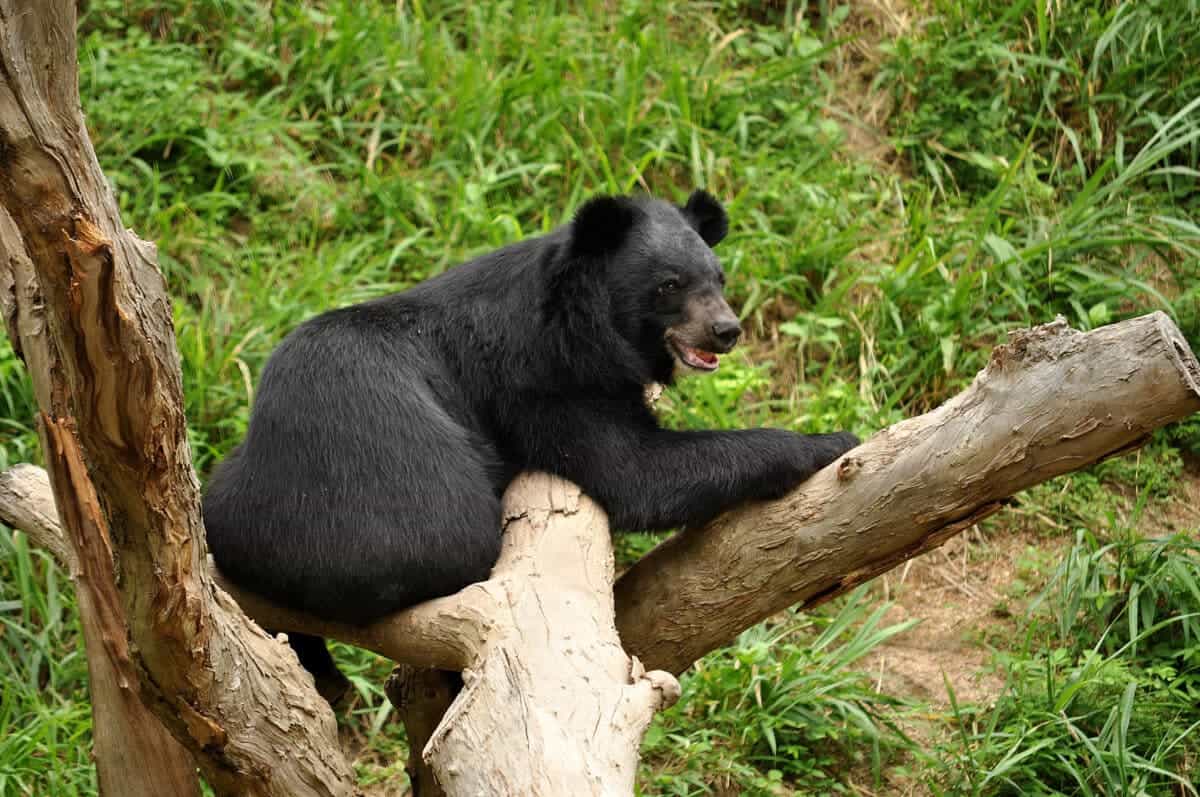
Giant pandas, known for their distinct black-and-white coloring and bamboo diet, are also part of the bear family. They have a unique “pseudo-thumb,” an extended wrist bone, that helps them grasp bamboo.
9. Bears Have a Short Tail
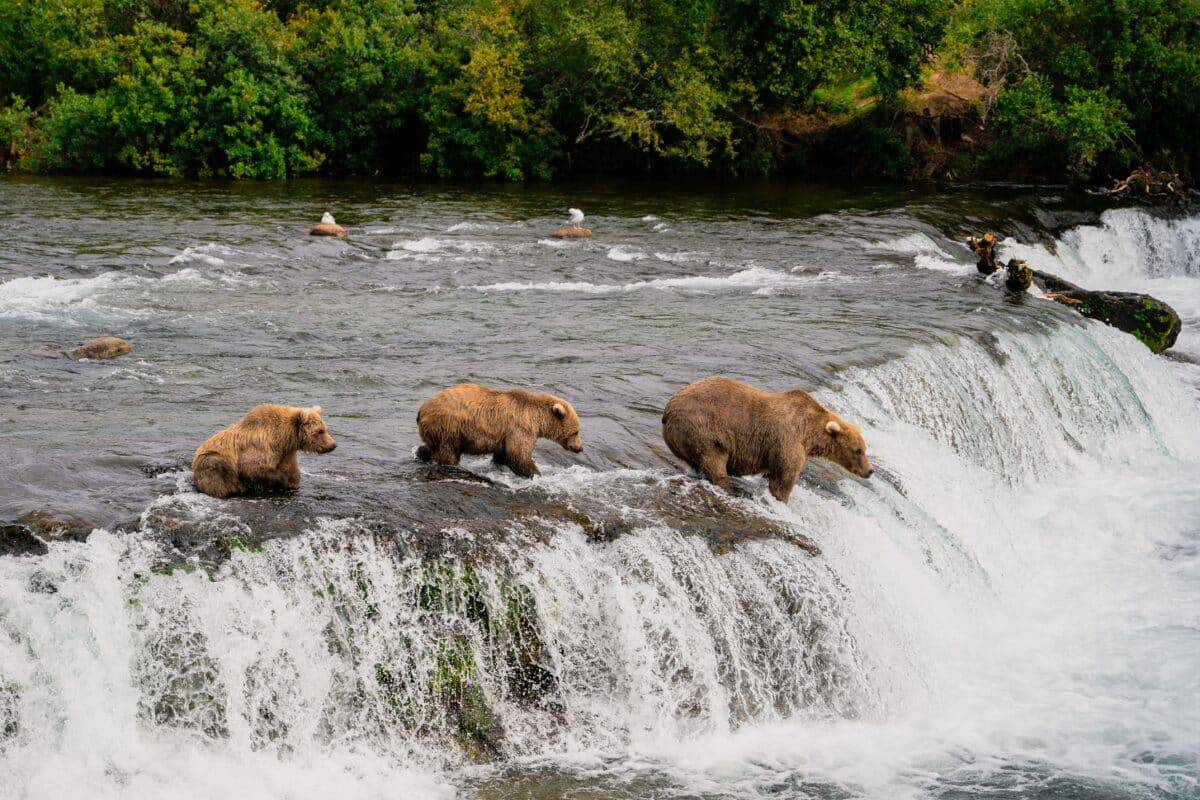
Bears have short, stubby tails that are not very noticeable. The tail is usually hidden by their thick fur and serves no significant purpose in their daily activities.
10. Grizzly Bears Have a Hump
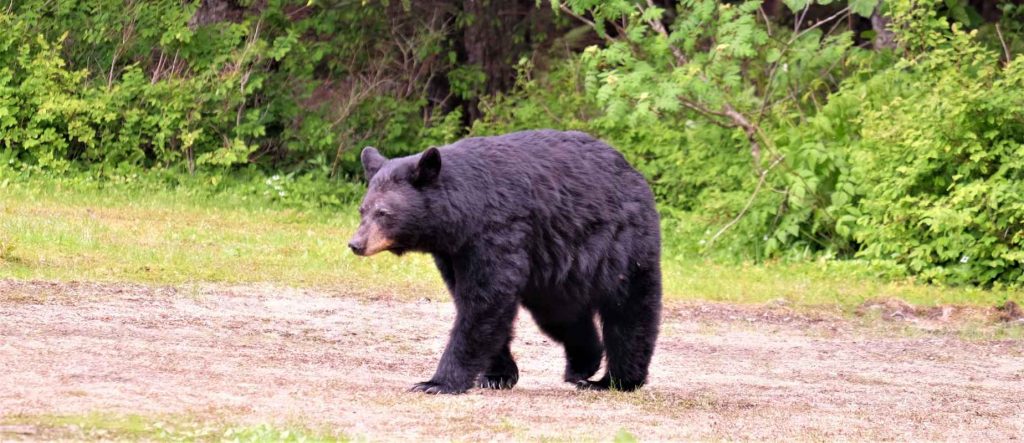
Grizzly bears are characterized by a prominent hump on their shoulders, which is a mass of muscle. This hump gives them the strength to dig and move large objects.
11. Bears Communicate with Vocalizations
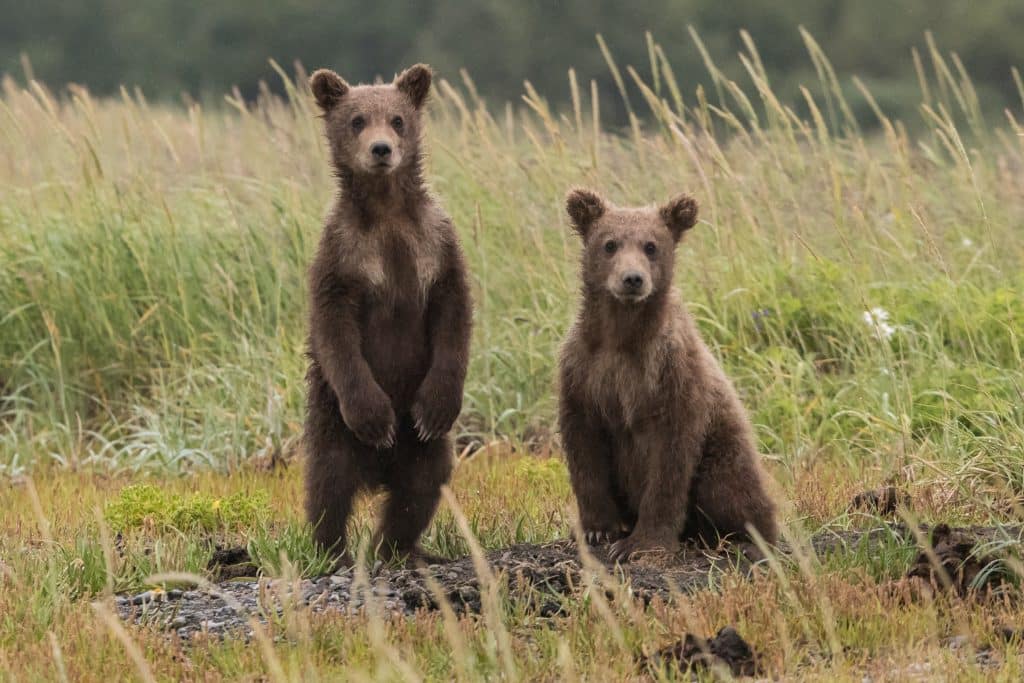
Bears use a variety of vocalizations to communicate with each other, including growls, roars, and grunts. These sounds can indicate different emotions, such as anger, fear, or contentment.
12. Bears Have a Large Home Range
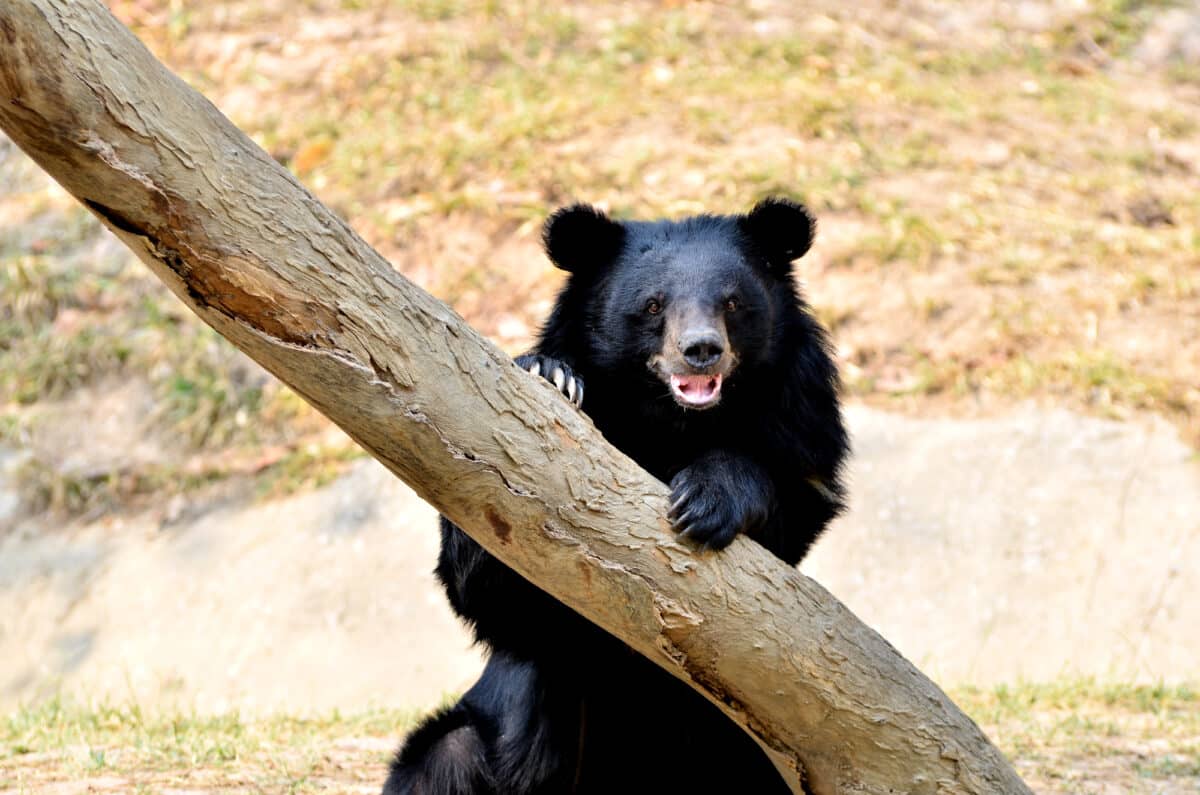
Bears require a large home range to find sufficient food and mates. The size of their territory can vary greatly, with some bears roaming over hundreds of square miles.
13. Bears Are Solitary Animals

Except for mothers with cubs and during mating season, bears are generally solitary animals. They prefer to live and hunt alone, avoiding competition and conflicts with other bears.
Discover more about the world of bears with us:
- Bear Steals Candy Bars from 7-Eleven in California
- Bear Cub Saved After Being Trapped Within Plastic Container
- Teacher Finds Bear Inside School Bin In West Virginia
Join our Forum for free today!


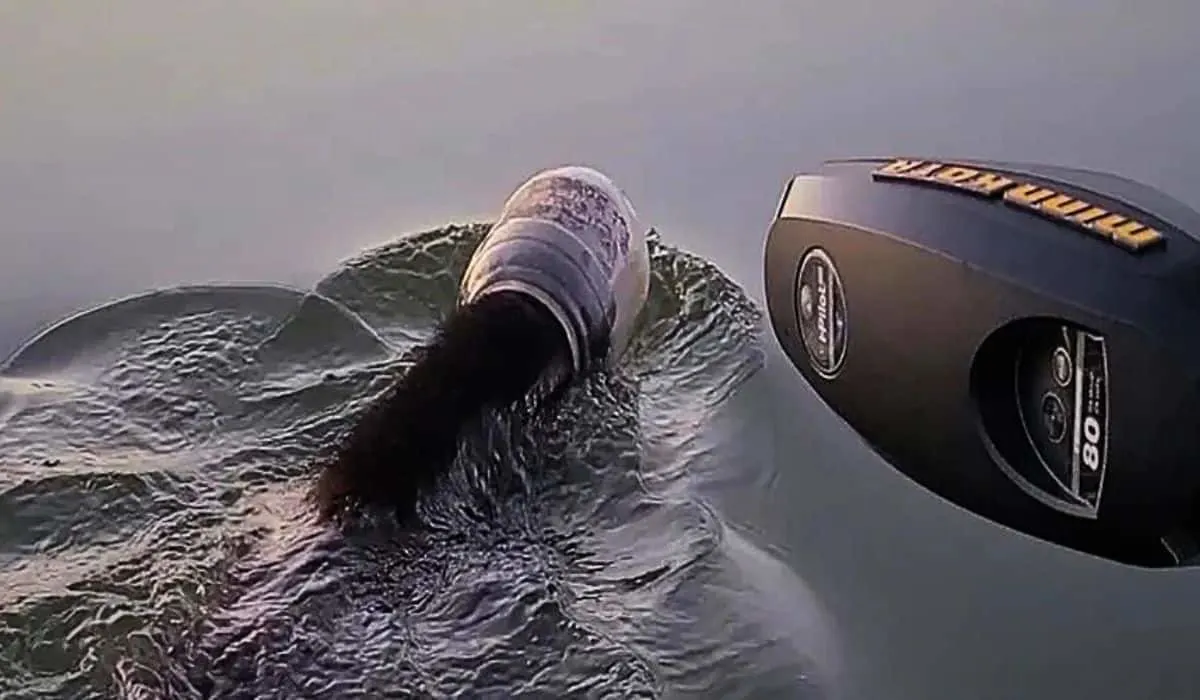


Dee
Tuesday 19th of September 2023
Maybe the bear was trying to scuba dive
Dabura karriem
Saturday 16th of September 2023
I think that we should remember to put the tops back on plastic jugs before discarding them to prevent situations like this. Until we can solve the problem of plastic waste we can do simple things
Miss P
Saturday 16th of September 2023
DROWNING BABY BEAR SAVED
Inspiring to watch this brave, kind Winconsin boat couple. Each calmly instructing + cooperating with the other. Logical quick- acting tactics succeeded. And Baby Bear didn't drown from water getting inside the 'picnic' container. Rescuers can fail if they rush in without agreeing to a plan. These are the type of calm people we could trust for survival in any emergency. 👏